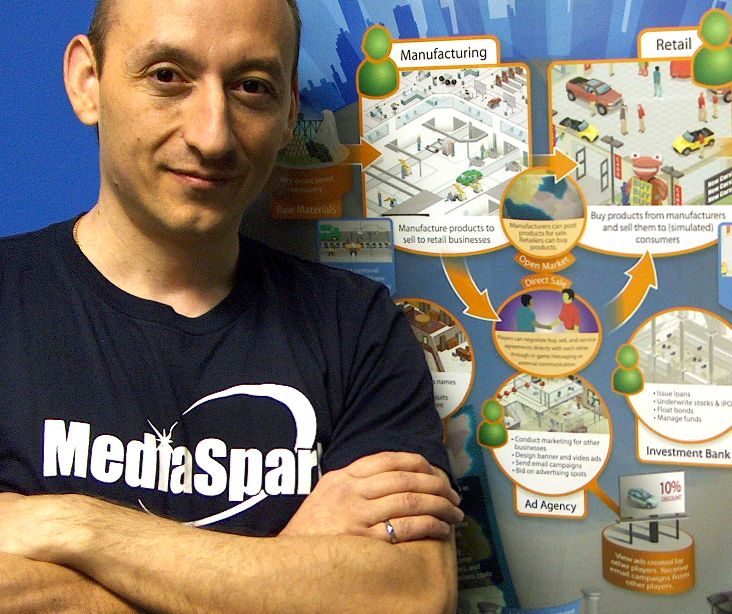397 reads
Assist Me In Designing a Board Game - Part 3
by
November 2nd, 2024
Audio Presented by

CEO, entrepreneur, engineer, inventor, writer, and designer of educational games and simulations used by millions.
Story's Credibility

About Author
CEO, entrepreneur, engineer, inventor, writer, and designer of educational games and simulations used by millions.